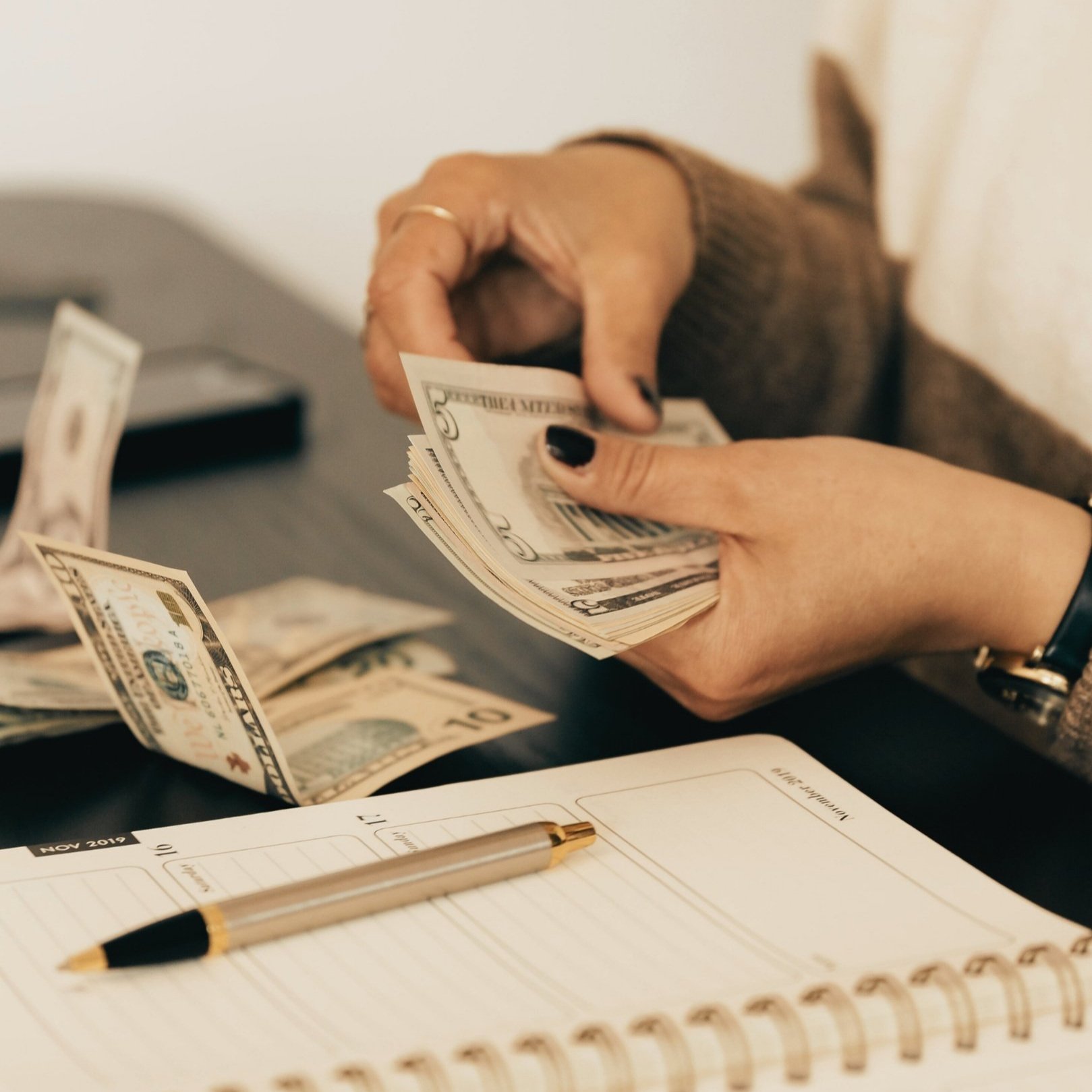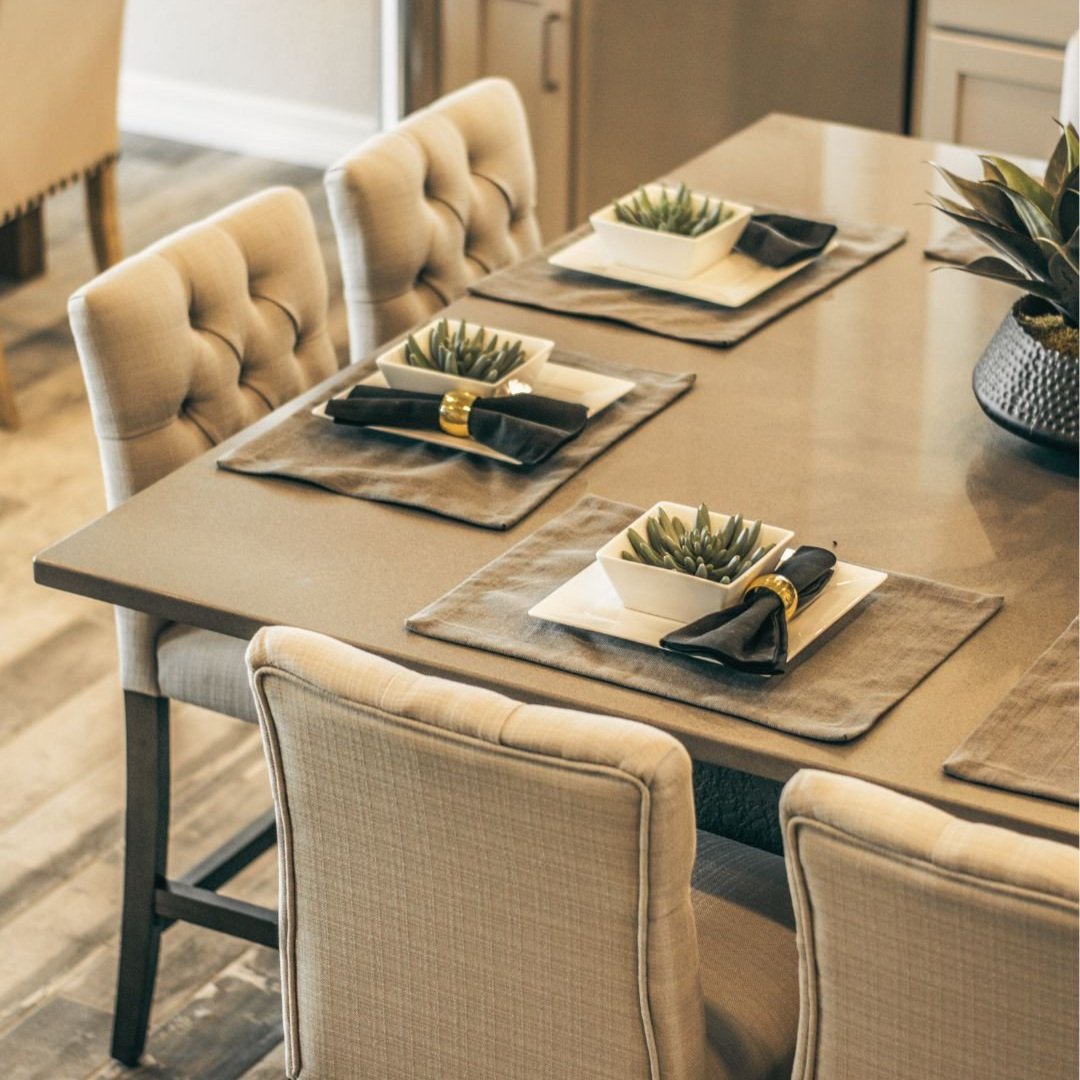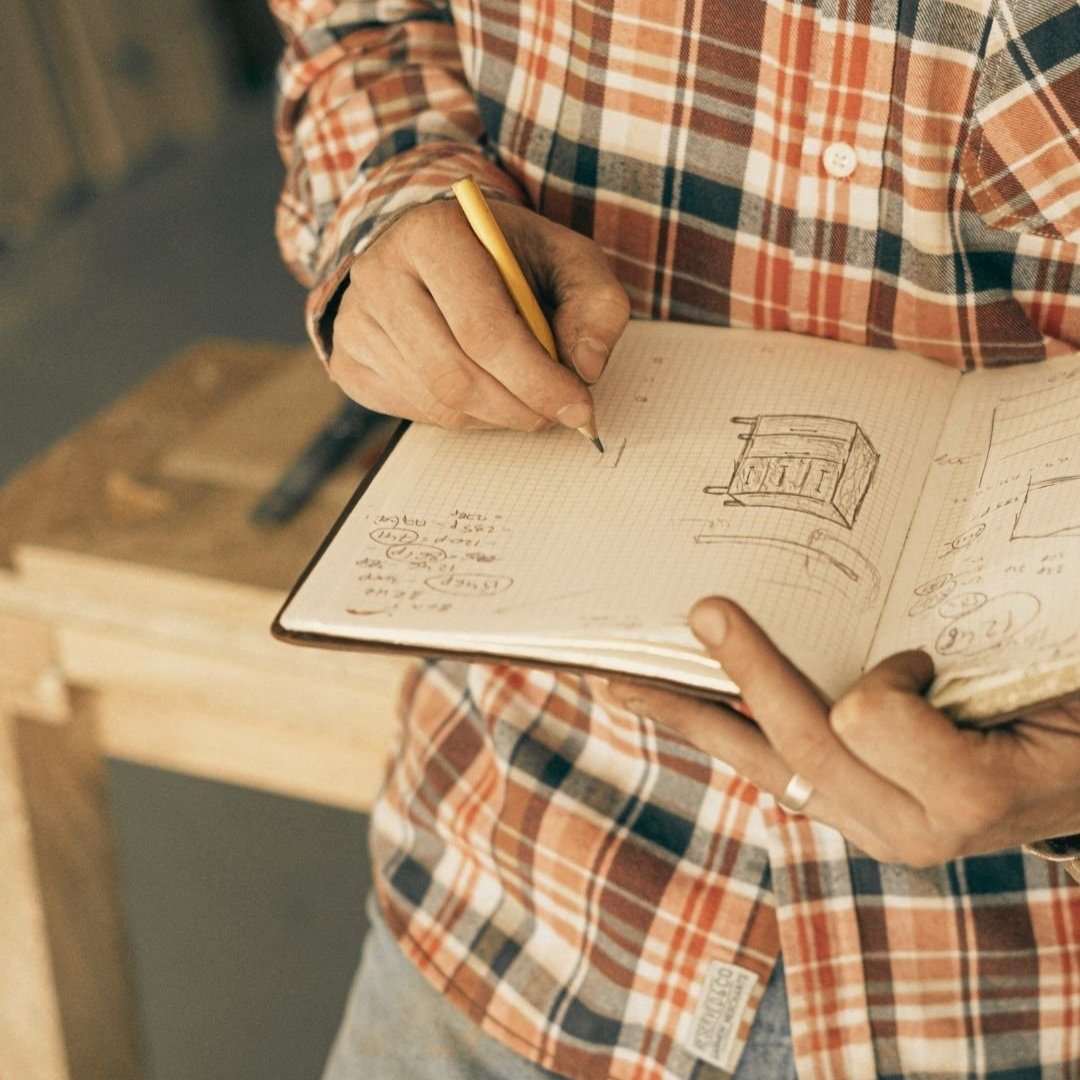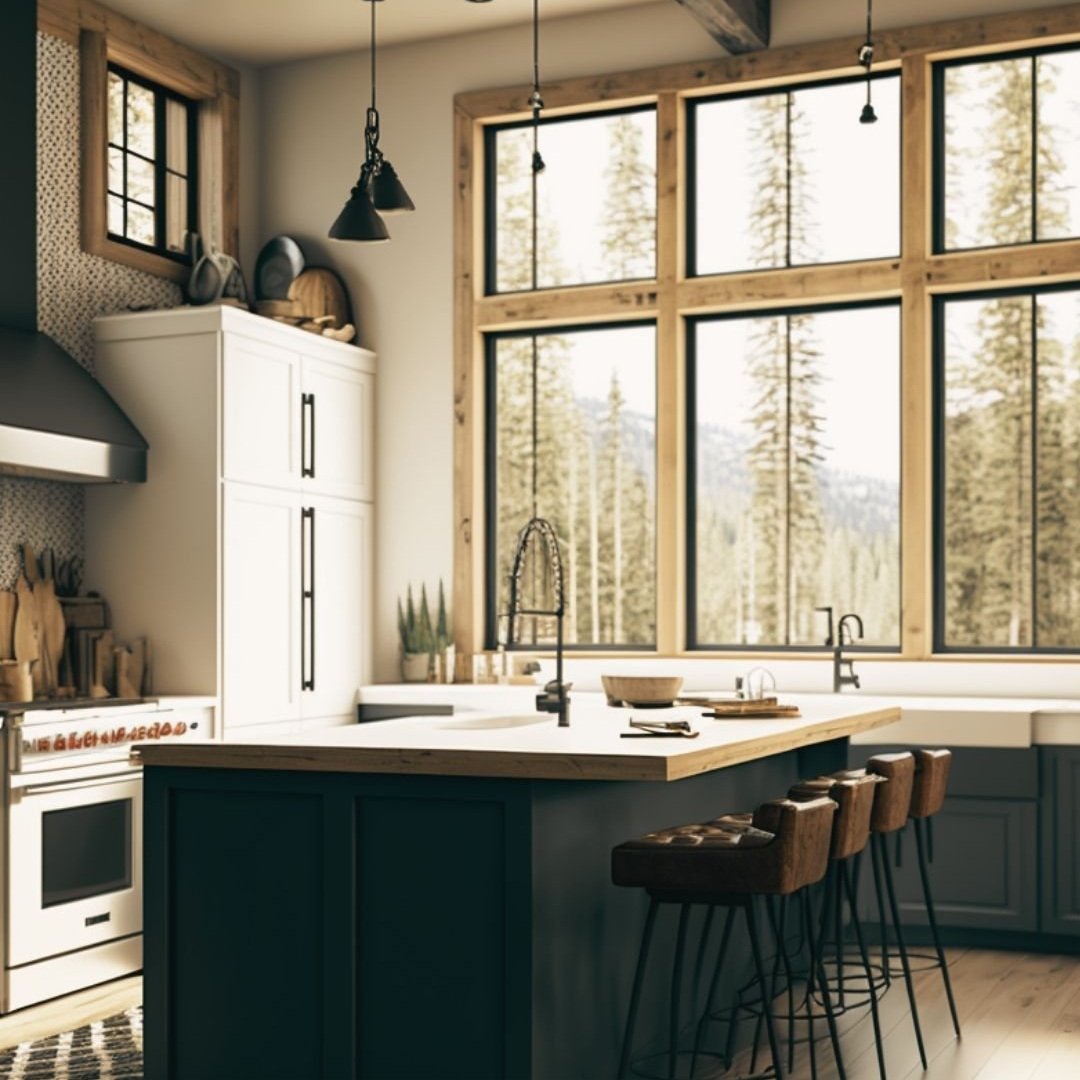Getting to know your clients inside and out is key to creating a space that truly feels like them. The initial consultation process can feel like a balancing act—sometimes fun, sometimes overwhelming, usually both.
While clients may come prepared with ideas and inspiration, it’s the designer’s responsibility to dig deeper, asking the right questions to not only capture the overall vision but also to uncover those finer details that clients might overlook. And although there are surely thousands of questionnaire templates available out there designed to help you with this, many of them surprisingly miss some of the perhaps less obvious points.
So, how many of these questions are you already asking your clients?
1. Are you right-handed or left-handed?
This might seem like a small detail, but it can have a big impact on the design. Knowing their dominant hand helps in planning everything from the direction cabinets open to the layout of the workspace, making everyday tasks more intuitive and comfortable.
2. How do you interact with your surroundings—are you tactile, visual, or auditory?
Understanding if your client is more hands-on, visually oriented, or sound-sensitive helps tailor the space to their natural preferences. For example, a tactile person might appreciate rich textures, while a visual person could benefit from a space with strong visual elements and organization.
3. What’s your ideal noise level at home or in different rooms?
Noise can be a deal-breaker when it comes to comfort at home. Whether your client craves silence or loves background noise, knowing their noise level preference helps you choose the right materials and layout to either insulate sound or let it flow.
4. Do you have any allergies to be aware of?
Allergies can sneak up in unexpected ways—certain fabrics, finishes, or plants might trigger them. By knowing your client's allergies upfront, you can make sure their space is a safe haven. Even ask about food allergies–you wouldn’t want to send them a dangerous holiday gift basket!
5. Are there any specific scents that you associate with comfort or relaxation?
Scents are powerful in setting a mood and forgotten far too often in the scheme of interior design. Whether it’s the smell of fresh linen, lavender, or wood, incorporating your client’s favorite scents can make their space feel instantly more welcoming and personal.
6. How can your daily rituals or routines be elevated through your space?
Daily routines are where life happens, so why not make them more enjoyable? Whether it’s a morning coffee ritual or a nightly wind-down, designing a space that enhances these moments can make everyday life feel just a little more special.
7. How do you use your space differently during the week compared to the weekend?
Your lifestyle can shift dramatically between weekdays and weekends. Knowing how your clients transition from work mode to relaxation or entertaining mode helps to create a flexible space that adapts to their needs.
8. What’s a comfort habit (like a cozy reading nook or late-night snack station) you indulge in?
Everyone has that one comfort habit they love. Designing around these little indulgences, whether it’s a cozy nook for reading or a perfect spot for late-night snacks, makes the space feel more like home.
9. What brands are you drawn to when it comes to clothing, cars, etc.?
The brands your client loves can tell you a lot about their taste and style. Whether they lean towards sleek and modern or classic and cozy, these preferences can guide the overall aesthetic and feel of their space.
10. Do you like the idea of secret spaces or hidden compartments?
Who doesn’t love a good secret space? Hidden compartments or clever storage solutions can add a fun, whimsical element to a design, while also serving practical purposes, like keeping clutter out of sight.
No detail is too small when it comes to making your client’s space feel truly theirs. By getting into the nitty-gritty details early on, you’ll set yourself up for a smoother design process and your clients will love you for going the extra mile. It’s all about those thoughtful touches that make a space feel like home.
xx, Danae


















































